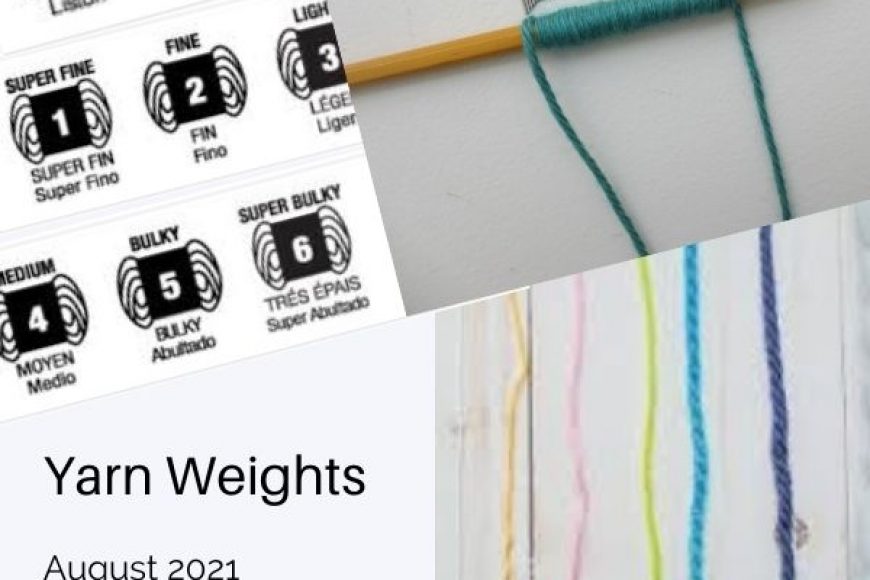Yarn weight/ply August 2021
You’ve probably heard a myriad of terms referring to the thickness of yarn – Double knit, worsted weight, fingering, fine, 4ply, 8 ply – but what do they actually mean? In this tip we discuss how you can navigate your way through this terminology to ensure you have the right size yarn for the project you are doing – particularly if the exact yarn referred to in the pattern is not available to you?
Firstly – there are different names for what is essentially the same thicknesses – primarily as a result of the country that the designers/yarns come from. For example, Double knit, light worsted weight and 8 ply are generally the same thickness of yarn. The table below attempts to compare this terminology. In Australia we have been using the term ‘ply’ to refer to the thickness of yarn – but this term has a different meaning in some other countries and therefore adds a layer of confusion. When using ply in our context – the higher the ply the thicker the yarn.
Secondly – Yarn thicknesses vary between yarn producers, even if they are given the same label for thickness. For example an 8ply Patons yarn is not necessarily the same as an 8ply in Fiddlesticks – Rather the terms refer to a thickness ‘range’. A more exact measure of thickness uses wraps per inch. Wraps per inch is a measure taken by wrapping the yarn around a ruler with each strand sitting beside each other. Once an inch has been reached, count the number of wraps. While this is more exact, it is never really used in patterns or on yarn labels – instead they refer to a guage swatch size. If you are able to calculate the wraps per inch the table below will tell you what category it falls into.
‘range’. A more exact measure of thickness uses wraps per inch. Wraps per inch is a measure taken by wrapping the yarn around a ruler with each strand sitting beside each other. Once an inch has been reached, count the number of wraps. While this is more exact, it is never really used in patterns or on yarn labels – instead they refer to a guage swatch size. If you are able to calculate the wraps per inch the table below will tell you what category it falls into.
The wraps per inch is also a useful technique if you’ve lost the yarn label – to determine which category the yarn fits.
The table below begins with the yarn classifications given by the Yarn Council of America – they established a numbering system several years ago. While this has become widely used in patterns, it is still not universally applied.
If you are using thread, the classification system is different again. The sizes begin at #10 and generally go up in increments of 10 to size #100. But here’s the catch – the higher the number the thinner the thread! #10 thread is the thickest thread and is great for beginners using thread for the first time.










